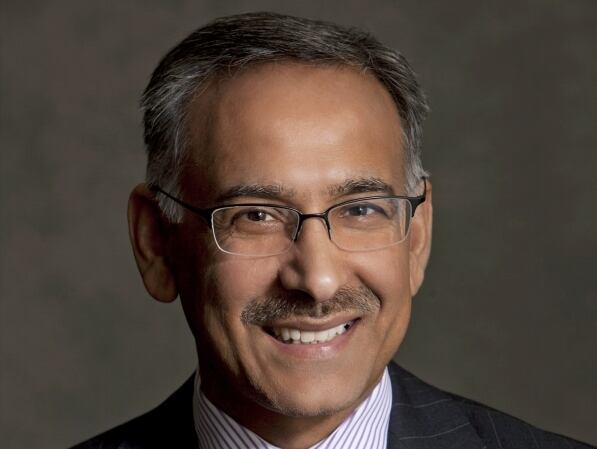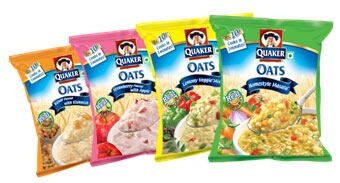In financial year 2014, PepsiCo pulled in net revenues of $66.6bn; 9% of which was generated by innovation. Net annual profit was $6.5bn.
With little sign of slowing down on its R&D strategy – with innovation spend up 25% since 2011 – BakeryandSnacks.com caught up exclusively with Dr. Mehmood Khan, vice chairman and chief scientific officer for global research and development at PepsiCo, to find out the workings behind the world’s biggest snack maker.
“From a strategy point of view, if you look at the history of PepsiCo, R&D was an execution organization focused on doing refreshes. We had big brands around the world but our innovation around the most part was to change flavors, bring in new colors, new versions of the same thing. And that strategy worked well for decades and allowed us to grow around the world,” he said.
“But, just as Indra Nooyi took the role as chairman and CEO, it was clear that growth was slowing down and in many areas we were seeing no growth at all. The decision was made to say ‘we’re not going to grow our competition around the world without innovation'. So, it took R&D to a whole new level.”
Changes to R&D strategy, he said, had shaped business hugely. “We will continue to invest in R&D – it’s paying off in buckets.”

Nimble ideas
PepsiCo now operates a hub-and-spoke model for its R&D operations – with a number of large centers in countries such as the US, UK, Russia and Shanghai, among others. These R&D hubs are then supported by other ‘satellite’ centers around the world.
Asked how a company of such global scale could compete with agile start-ups and smaller firms, Khan said: “The more ideas that are coming up in the category, the better. There’s lots of room to grow and innovation, of course, is driving that.
“…However, let’s look at actual sustained growth and importance. How many products are we launching? - 10 out of the top 50 in the entire industry, which includes all the big and small players. I would argue we’re just as nimble as anyone else, coupled with scale.”
This scale, he said, was now pooled under a global R&D umbrella.
“Everyone around the world reports into my office; we don’t break it up into little pieces,” Khan explained.
“...Now, the trade-off with such a global organization is ‘how do you have touch points between the consumer and business and science and nutrition?’ So, on the consumer side, we opened several R&D centers around the world where we could put the developers as close to the market as we could; diet is very local and cultural and if you do not understand the local culture then you cannot bridge the science and nutrition to the culture and art of diet,” he said.
Ideas and developments made in each center, he said, were then logged onto a centralized system.
“Anybody can enter their idea onto a global information system and we can look at those as a leadership team and collectively choose what to pursue, and often you’ll find a common essence.”
Global product development

Khan said each idea was then looked at for concepts that could work across the globe, like packaging, and whether there were local applications for each global market.
“Let’s give an example: the Indian version of Medleys is oatmeal with lentils and spices and is savory. Now, I wouldn’t sell that in New York, I might sell it in Manchester or parts of west London. That’s the Quaker version in India; we launched a congee of Quaker oats in China. So, this is bridging the global capacity with the local development and understanding – it’s very critical.”
In some cases, he said products were just launched in one country.
India’s Kurkure snack brand was one example of this, he said. “It’s a snack based on lentils; it’s spicy and has got a lot of seasonings, which are available in India. It’s a very, very successful product and it’s only ever been launched in India.”
However, Khan said PepsiCo was just set to launch the brand in Toronto, Canada to target the expanding local Indian population in the city.
